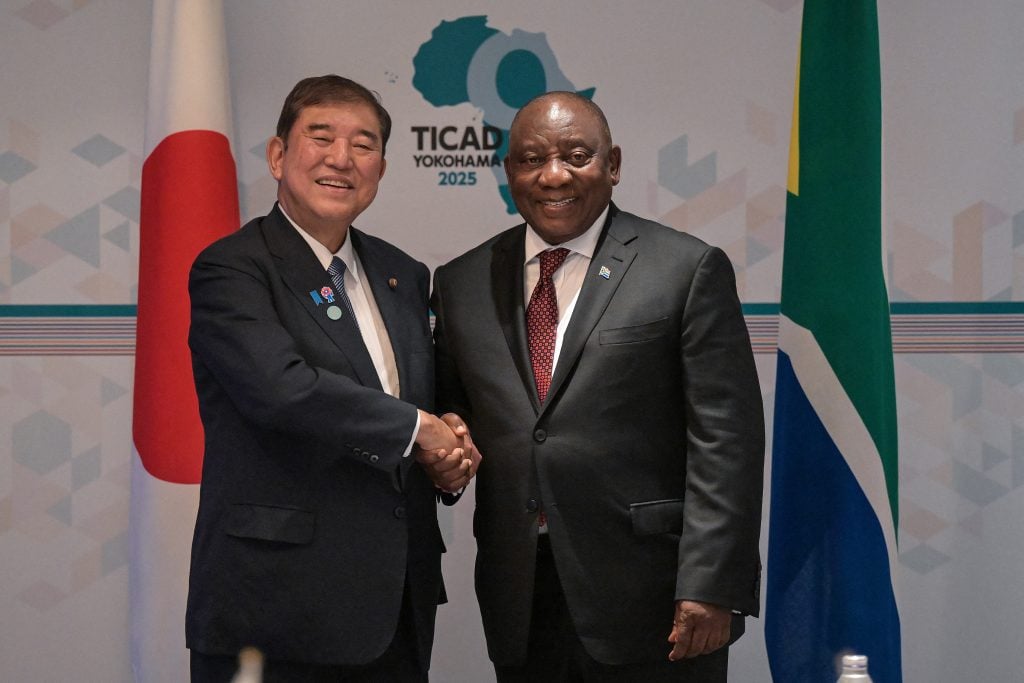
Every so often, someone makes a proposal for a new institution or organisation that really isn’t necessary. We’ve all seen them. They’re often a duplication of effort – and often created because a primary donor has lost national interest in an existing institution that performed the same role. However, there is one new institution that doesn’t fit this tired model: the idea of an African credit rating agency – an “AfCRA”.
Enter AfCRA
The idea for an African credit rating agency was first put into action in 2017, following a series of complaints by African governments about the behaviour of what are known as the “big three” international ratings agencies – Moody’s, Fitch and S&P in particular. The theory was that perhaps an AfCRA would be able to help solve this by demonstrating another way was possible.
At that year’s African Union Summit African heads of state therefore directed the African Peer Review Mechanism (APRM) – an African entity itself created in 2003 – to support members on credit ratings. One of APRM’s immediate actions was to undertake a feasibility study for an AfCRA. This led in 2019 to African leaders adopting a declaration that such an institution should be created.
Fast forward five years, and the APRM has announced its plans to launch the AfCRA by the end of this year. Much consultation has taken place to get here. Earlier this year APRM held a retreat in Lusaka, Zambia where, with others, I argued that the AfCRA should aim to set the bar when it comes to the various complaints that have been raised when it comes to the performance of the big three.
Specifically, it should aim to set the bar globally in three ways: first by being the most transparent sovereign rating agency in the world; second by being the most localised sovereign rating agency in the world; and third by being the sovereign rating agency that creates robust and credible methodologies that use data that measures actual African risk rather than perceived African risk.
Setting the bar in this way will be no easy task – the launch will be just a further milestone in the journey. However, the fact that there are already some private sovereign credit rating agencies and pan-African credit rating agencies on the continent means there is experience to build on. Internationally too, the experience of countries and regions that have nurtured their own credit rating agencies such as China – which has 52 domestic rating agencies, some of whom even rate African countries – will be crucial to draw on. Certainly, by doing so the AfCRA can play a central role in reducing the costly “Africa risk premium” that shows up in studies of the continent’s borrowing costs.
That said, the AfCRA will not be the only answer to reducing that risk. Yes, it will help, but African governments and others must not stop there. Complementing a ratings agency Two other actions are essential – and will complement the AfCRA.
First, over the years, many African governments have built up significant experience with the management and use of credit ratings. In part bolstered by a United Nations Development Programme (UNDP) scheme initiated in the early 2000s, for instance, there are now 31 African countries that have a rating from the big three, up from 10 in 2003. Of these, as a report that my firm Development Reimagined issued last month showed, at least 19 have used these ratings as a basis to issue Eurobonds, with a current outstanding value of $111bn, at varying interest rates and maturities. Although many negative public statements have been issued by these governments about their ratings – at Development Reimagined we have recorded at least 20 to date – informing these statements are significant experiences of ratings teams flying in and out, seeking data and rejecting other data.
Governments have experience of bond issuance: African countries can share this and help each other to avoid pitfalls. African governments can even look to how other regional groupings, such as the EU, manage credit rating agencies. For example, following the 2008 financial crisis stronger regulatory requirements were introduced as a condition of rating. UNDP and development advisory firm Africatalyst have just launched a new programme that will provide a platform for exactly this type of learning and continuous management improvement.
Agencies must learn
The second essential action is to continue the pressure for the big three – and other – credit ratings agencies to learn and reform. While standard methodologies are published online, and fairly regularly reviewed, there is, in reality, much flexibility in the application of qualitative information gathered, which can lead to biases. The agencies’ lack of local offices in African counties exacerbates this issue. Further, some of the quantitative data fed into the methodologies is in fact derived from more qualitative external sources – such as World Bank and IMF measurements of debt sustainability or institutional strength – which many have argued have their own biases and underlying conflicts.
Reform the entire ratings architecture
Lastly, some of the quantitative data itself is itself challenging for African countries specifically. Some data, for example that on tax revenues, diminishes the role of the informal economy as a source of resilience, while other data, for instance on access to IMF lending, shows that African countries have significantly different experiences to other countries, but these differences are not recognised.
The fact is, even when the much-needed “AfCRA” exists, the demand for ratings from other existing agencies will likely continue. AfCRA is one of the key means to the end of reform of the entire ratings architecture. While all these means are necessary but not sufficient on their own, using them simultaneously could well accelerate progress towards reduced borrowing costs for African countries – the ultimate goal.






Recent Comments